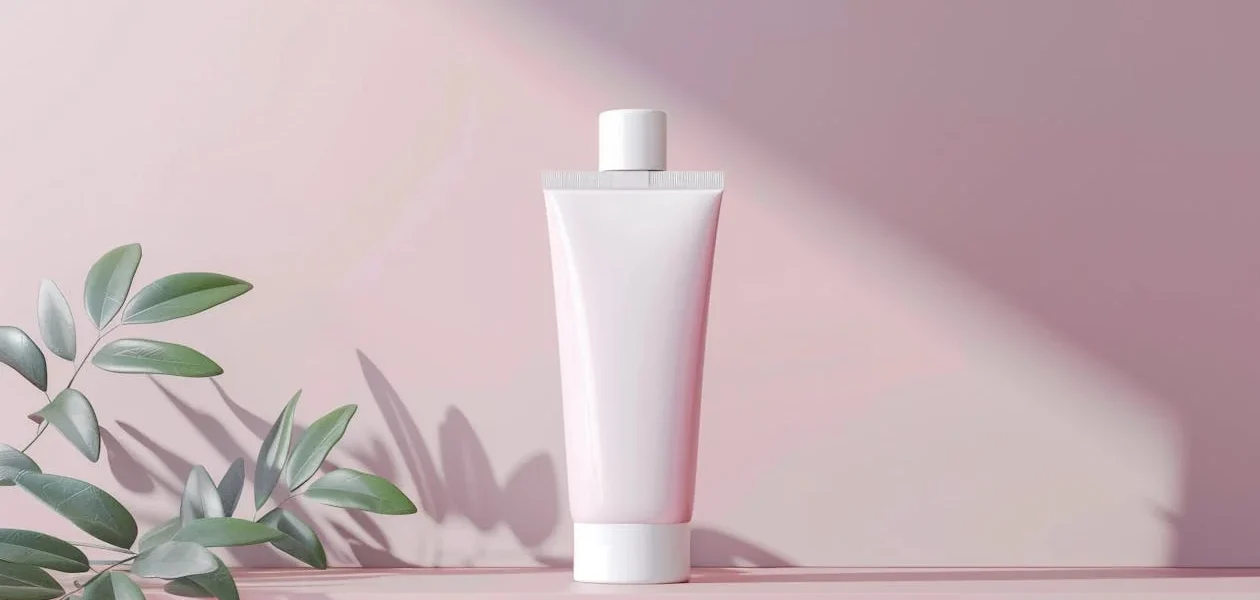Introduction
Eustachian tube dysfunction (ETD) is a common yet often misunderstood condition that affects many people. The Eustachian tubes, which connect the middle ear to the back of the nose and upper throat, play a crucial role in maintaining ear pressure and draining fluids from the middle ear. When these tubes do not function properly, it can lead to a range of uncomfortable symptoms, including ear pressure, pain, and hearing difficulties. For individuals with ETD, everyday activities, such as using a leaf blower, may raise concerns about exacerbating their symptoms.
This article explores whether it is safe to use a leaf blower when you have Eustachian tube dysfunction, and provides important precautions to consider.
Understanding Eustachian Tube Dysfunction
The Eustachian tubes are small passageways that open and close to regulate air pressure and drain fluids from the middle ear. When functioning normally, these tubes open when you swallow, yawn, or chew, allowing air to flow into the middle ear and equalise pressure with the external environment.
Eustachian tube dysfunction occurs when these tubes become blocked or fail to open properly, leading to a variety of symptoms, including:
- Muffled hearing or hearing loss
- Tinnitus (ringing in the ears)
- Pain or discomfort in the ears
- Balance issues or dizziness, in severe cases
ETD can be caused by allergies, colds, sinus infections, or anatomical abnormalities such as a deviated septum. Chronic ETD can lead to more persistent symptoms, which can significantly impact daily life.
The Impact of Leaf Blower Use on Ear Health
Leaf blowers are powerful tools designed to clear leaves and debris from outdoor spaces. They generate significant noise and produce a high-velocity stream of air, both of which can have implications for ear health, especially in individuals with ETD.
1. Noise Levels and Hearing Health
Leaf blowers are known for their loud operation, often producing noise levels between 90 to 100 decibels or more. Prolonged exposure to such high levels of noise can lead to hearing damage, even in individuals without preexisting ear conditions. For those with ETD, the risk is even greater.
Loud noise can increase the sensation of ear pressure and exacerbate symptoms like tinnitus or ear pain. For someone with Eustachian tube dysfunction, the increased sensitivity to noise may result in heightened discomfort, making the use of a leaf blower particularly challenging.
2. Air Pressure Changes
The high-velocity air produced by a leaf blower can create sudden and significant changes in the surrounding air pressure. For individuals with ETD, whose Eustachian tubes already struggle to equalise pressure, this can lead to further discomfort and potentially worsen symptoms.
If the leaf blower is used close to the head, the rapid pressure fluctuations can place additional strain on the Eustachian tubes, making it more difficult for them to function properly. This may result in increased ear pressure, pain,
3. Vibration and Physical Strain
Operating a leaf blower involves exposure to vibrations, which can be transmitted through the hands and arms to the body. While the direct impact of vibration on the Eustachian tubes is not well-studied, it is possible that the combination of noise, pressure changes,
Precautions for Using a Leaf Blower with ETD
If you have Eustachian tube dysfunction and need to use a leaf blower, there are several precautions you can take to minimise the risk of worsening your symptoms:
1. Wear Hearing Protection
One of the most important steps you can take is to wear high-quality hearing protection while using a leaf blower. Noise-cancelling earmuffs or earplugs can help reduce the exposure to loud noise, which may prevent the worsening of symptoms like tinnitus and ear pressure. Be sure to choose hearing protection that is designed to block out high-decibel noise effectively.
2. Maintain a Safe Distance
Avoid using the leaf blower too close to your head or ears. By maintaining a safe distance from the blower’s air output, you can reduce the impact of sudden air pressure changes on your Eustachian tubes. Ideally, hold the blower at arm’s length and direct the airflow away from your head to minimise any potential strain on your ears.
3. Limit Usage Time
Consider limiting the amount of time you spend using the leaf blower. Prolonged exposure to noise and air pressure changes can increase the risk of discomfort. If possible, take frequent breaks to allow your ears to recover and to reduce the overall strain on your Eustachian tubes.
4. Use a Lower-Powered Blower
If you have the option, choose a lower-powered leaf blower that generates less noise and air pressure. Battery-operated leaf blowers, for example, tend to be quieter and less powerful than their gas-powered counterparts, making them a better choice for individuals with ETD.
5. Consult with a Healthcare Professional
Before using a leaf blower or any other noisy, high-pressure equipment, it’s a good idea to consult with a healthcare professional, such as an audiologist or an ear, nose, and throat (ENT) specialist. They can provide personalised advice based on your specific condition and help you determine the safest way to use such equipment.
Alternatives to Leaf Blowers
If using a leaf blower proves too uncomfortable or risky, consider exploring alternative methods for clearing leaves and debris:
- Raking: A manual rake may take more time and effort, but it eliminates the noise and air pressure concerns associated with leaf blowers. Raking can be a gentle, quiet way to maintain your yard without aggravating your ETD symptoms.
Conclusion
Using a leaf blower when you have Eustachian tube dysfunction can be risky due to the noise levels, air pressure changes, and vibrations associated with the equipment. However, by taking appropriate precautions—such as wearing hearing protection, maintaining a safe distance, and limiting usage time—you can reduce the risk of exacerbating your symptoms. If in doubt, consult with a healthcare professional to determine the best course of action for your specific situation. Remember, your ear health is paramount, and taking steps to protect it will help you manage ETD more effectively.



